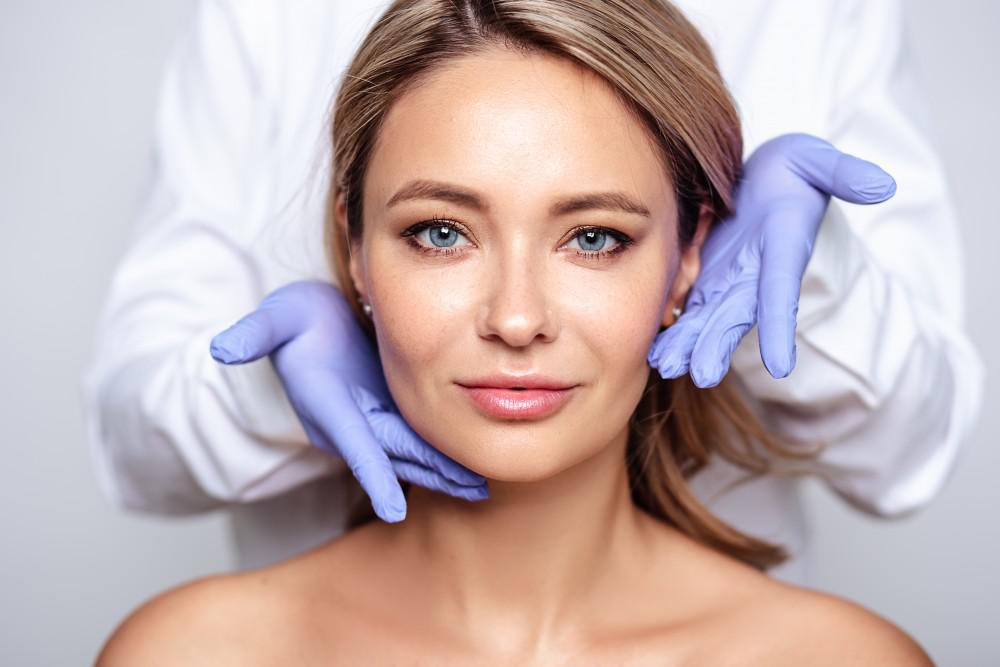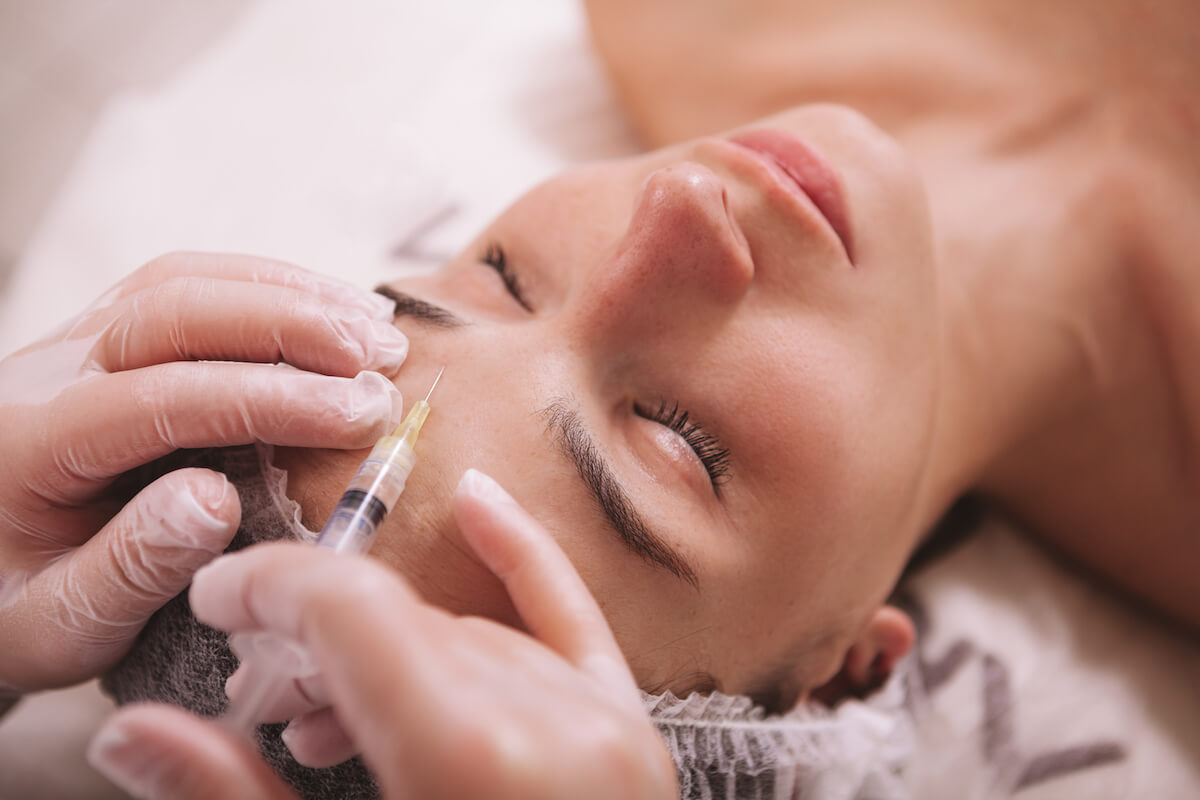GlobalSpa
06-Sep-2022
Dr. Sravya C. Tipirneni, Consultant Dermatologist, Cosmetologist and Trichologist at Manipal Hospitals in Bangalore gives her key insights on Liquid Facelift.

Just before the actual treatment, the area will be cleaned, and you may be given a topical anesthetic to numb the area before injection. Many filler products also contain lidocaine, a mild anesthetic, which is intended to help minimize discomfort during and after your treatment. You will be injected a precise amount of filler strategically beneath the skin. Depending on the product and the areas treated, you should be able to notice results immediately after receiving filler injections. Some patients experience mild bruising and swelling, but these are temporary and should subside over the days following treatment. You will be able to go back to your normal activities right after treatment or take a day or two off from exercise or other strenuous activity.
The name says it all! Aging breaks down connective fibers, such as collagen and elastin, and also causes a loss of fat in deep layers of the skin. The result is sagging, loose skin that wrinkles more easily. While many patients want to fight back against this process, not everyone feels comfortable having surgery to look younger. Luckily, there is a nonsurgical option called a liquid face-lift. It’s having an age-old surgical facelift done without even a single cut or general anesthesia. The liquid referred to here is Hyaluronic acid, which is the most common filler material to use.
What is a liquid face-lift?
During a liquid face-lift, the patient receives multiple injections of dermal fillers, which are substances that restore facial fullness for a more youthful appearance. The end goal is to plump up the skin. The beauty of this procedure is you can often get it done in one session. A facelift usually consists of extensive knowledge of facial anatomy and choosing the right area to inject depending on what the patient wants.

Each injection takes just a few minutes and may target areas such as:
? Temples
? Underneath the lower eyelid
? Sagging Cheeks
? Nasolabial folds between the nose and mouth, also called marionette lines
? Creases beside the mouth that cause jowls
? The cost of the procedure varies based on the amount of filler we use and where you live.
Types of Dermal Fillers
Today, you have a range of injections to choose from when receiving a liquid facelift. Fillers don’t last forever, so you must receive repeat injections to maintain results.
Popular fillers include:
1.) Hyaluronic acid: This is the most common class of fillers used. The effects last roughly eight months and are completely reversible — doctors can inject a substance to break up the hyaluronic acid if you don’t like the result.
2.) Calcium hydroxyapatite: These nonreversible fillers take longer to break down, lasting from 12 to 16 months.
3.) Poly-L-lactic acid: This type of filler stimulates collagen production and lasts up to 24 months. The effects appear gradually, requiring three to four injections over a series of visits.
4.) Collagen or fat: Also called soft tissue augmentation, collagen and fat injectable fillers are a temporary treatment for correcting wrinkles and scars. This category of fillers includes fat transfer from the patient’s own body. Soft tissue augmentation treatments last from three to 12 months.
5.) Promising new treatments include platelet-rich plasma, popularly called VAMPIRE FACIAL a treatment that uses the patient’s tissue. The specialist draws blood from the patient, spinning it down in a lab to separate plasma from blood cells. The doctor then injects that plasma back into the patient’s face. The plasma contains platelets and growth factors that may stimulate collagen production.

Pre-treatment consultation:
During your consultation, your cosmetic Dermatologist will evaluate your area of concern and review your medical history. While the risks associated with dermal fillers are minimal, you need to fully disclose your medical history before treatment, as certain allergies, skin and neurological conditions, or medications can jeopardize your safety or results. For instance, you need to tell your cosmetic surgeon if you have been taking NSAIDs (e.g., aspirin, ibuprofen, naproxen) or blood thinners, as these increase the likelihood of bruising.
During the injectable filler treatment:
Just before the actual treatment, the area will be cleaned, and you may be given a topical anesthetic to numb the area before injection. Many filler products also contain lidocaine, a mild anesthetic, which is intended to help minimize discomfort during and after your treatment. We will then inject a precise amount of filler strategically beneath the skin. Depending on the product and the areas treated, you should be able to notice results immediately after receiving filler injections. Some patients experience mild bruising and swelling, but these are temporary and should subside over the days following treatment. You will be able to go back to your normal activities right after treatment, we may ask you to take the day off from exercise or other strenuous activity.

How long do they last?
These will typically last from 6 to 18 months. Injections to the lips will wear out a little faster than those to the nasolabial folds. Certain HA fillers, such as VOLUMA, are formulated to last longer but are usually limited to certain areas, such as the cheeks. Synthetic fillers tend to last longer, as they are not absorbed by the body. They can be a great option for the right patient, but you’ll want to be ready to commit to results that will be there for several years—and choose an experienced, qualified Dermatologist whose aesthetic style you like.